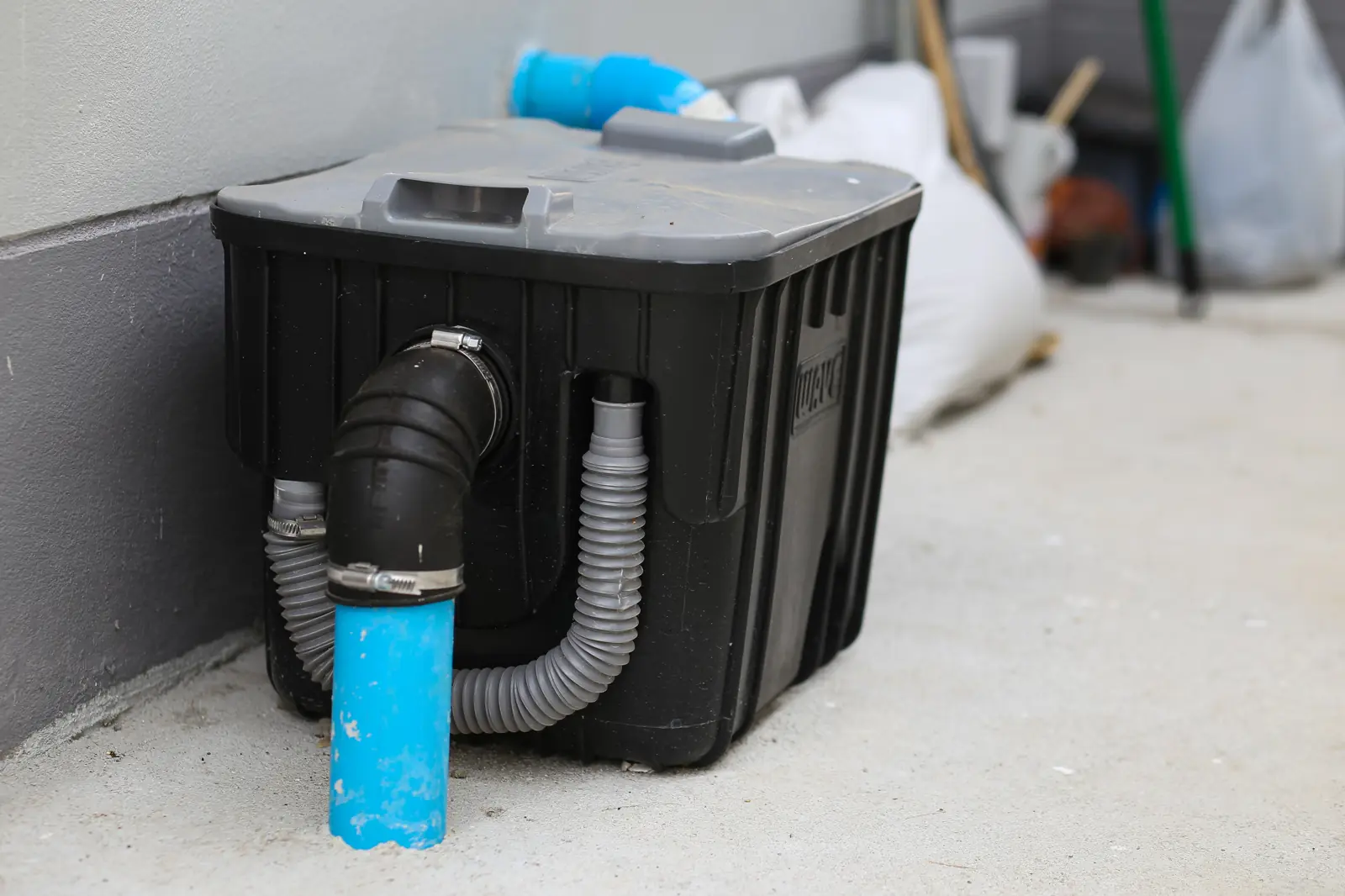Whether you’re setting up a new restaurant, managing a commercial kitchen, or simply need to update your existing facilities, understanding how to properly choose, install, and maintain a grease trap is essential for your business’s smooth operation and compliance with health regulations. Let’s walk through the process, costs, and considerations to help you make an informed decision.
Understanding the Installation Process
- Initial Assessment: Before installing a grease trap, it’s important to determine the size and type of trap you need based on your kitchen’s capacity and local regulations.
- Choosing a Location: The grease trap should be installed where it can be easily accessed for cleaning and maintenance, typically near the kitchen sink or dishwasher outlet before it connects to the main sewage system.
- Installation: Professional installation by a licensed plumber is recommended to ensure that the grease trap is properly connected to your plumbing system without any leaks or issues.
Preparing Before Installation
Check Local Regulations: Different areas have specific codes and standards for grease trap installation. Check with your local health or building departments to get the right specifications.
Schedule an Inspection: Once installed, a city inspector may need to review the installation to ensure it meets all necessary standards before it can be used.
Cost/Pricing
- Initial Costs: The cost of a grease trap varies depending on its size and type. Small under-sink models may cost a few hundred dollars, while large interceptors can cost several thousand.
- Installation Fees: Professional installation costs will vary based on complexity, typically ranging from $200 to $1,000.
- Ongoing Maintenance: Regular cleaning and maintenance are required to keep the grease trap functioning properly, which can cost $100 to $500 per service depending on size and condition.
Factors to Consider for Grease Trap Installation
- Capacity: Ensure the grease trap meets the capacity needed for your kitchen’s output.
- Material: Grease traps are typically made from plastic, stainless steel, or concrete. Each material has its advantages and durability.
- Ease of Maintenance: Consider designs that are easier to clean and maintain to reduce long-term costs.
Maintenance Tips
- Regular Cleaning: Have the grease trap cleaned at least every 1 to 3 months, or more frequently depending on usage.
- Proper Disposal: Always dispose of the waste collected in the grease trap according to local regulations.
- Regular Inspections: Regular checks can help prevent blockages and leaks, extending the life of the grease trap.
Frequently Asked Questions
What is a grease trap?
- A device installed in plumbing systems to intercept greases and solids before they enter the wastewater disposal system.
Why do I need a grease trap?
- To prevent blockages in the sewage system and comply with local health regulations.
How often should a grease trap be cleaned?
- Typically every 1 to 3 months, depending on the amount of grease your kitchen produces.
Can I install a grease trap myself?
- It is recommended to have it installed by a professional to ensure it meets code and functions properly.
What happens if I don’t clean my grease trap?
- Grease buildup can lead to blockages, bad odors, and costly repairs.
Are there environmentally friendly grease traps?
- Yes, some models are designed to be more eco-friendly by efficiently trapping and allowing for easy recycling of grease.
How do I choose the right size grease trap?
- Based on the amount of grease your kitchen discharges and local code requirements.
What’s the difference between a grease trap and a grease interceptor?
- Grease traps are smaller and often located indoors; interceptors are larger and usually installed outside.
Can grease traps handle hot water and detergents?
- Yes, but excessively hot water can lessen the effectiveness of the trap.
What should I look for in a grease trap maintenance service?
- Look for services that offer regular maintenance, proper disposal, and thorough cleaning.
Why Choose Hi-Desert Plumbing for Grease Trap Installation?
Choosing Hi-Desert Plumbing means opting for reliability, expertise, and compliance. Our licensed professionals are experienced in the specific challenges and requirements of grease trap installations in various settings. We ensure timely and efficient service, adherence to all local codes, and competitive pricing. Plus, our commitment to customer satisfaction and maintenance support sets us apart in the industry.
Grease trap installation doesn’t have to be complicated. With the right information and a trusted partner like Hi-Desert Plumbing, you can ensure that your system runs smoothly and remains in compliance with all health regulations.
Contact us today to learn more about our services and how we can help you with your grease trap needs.

